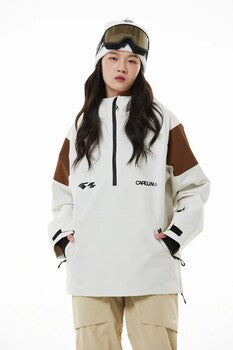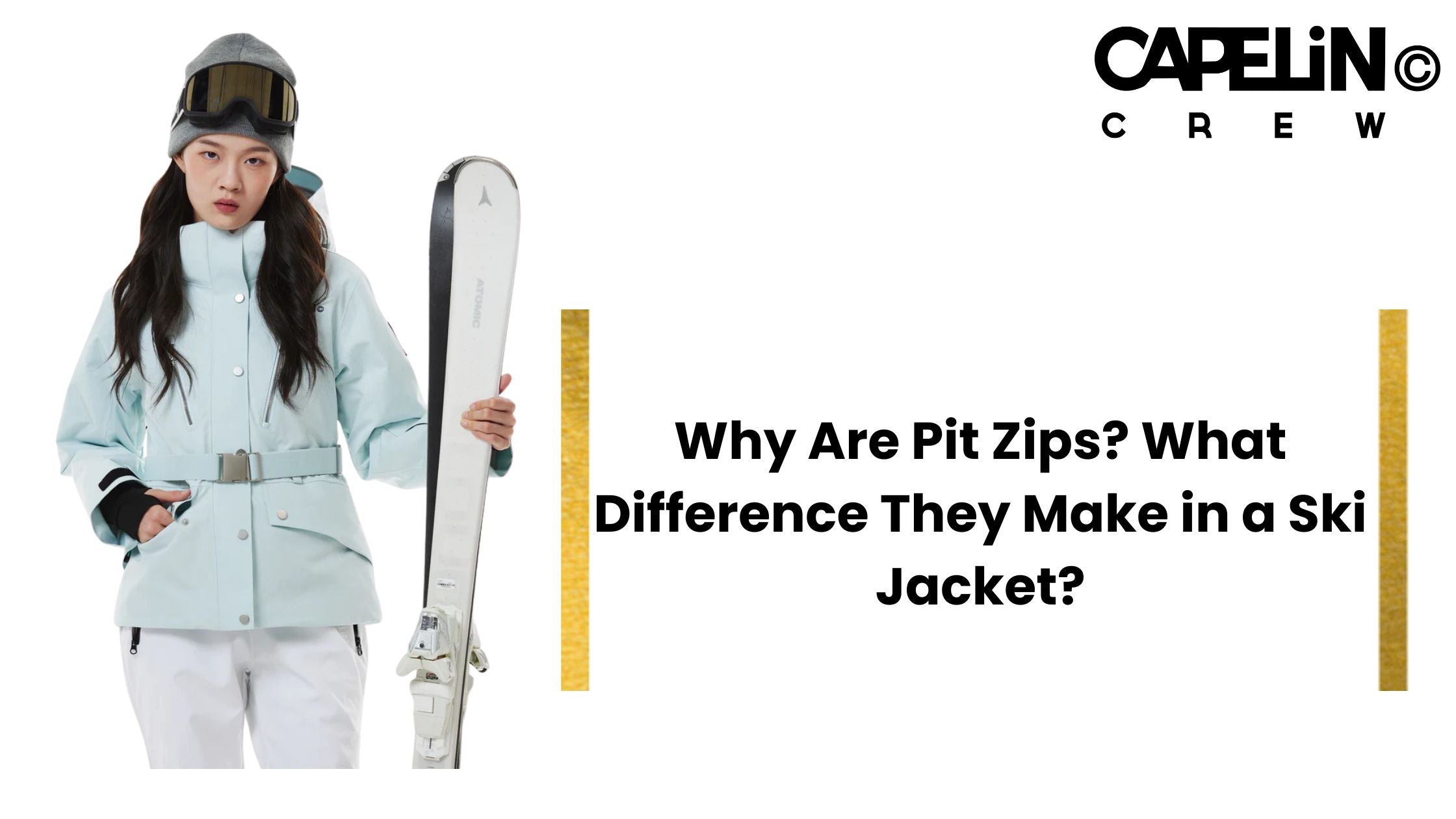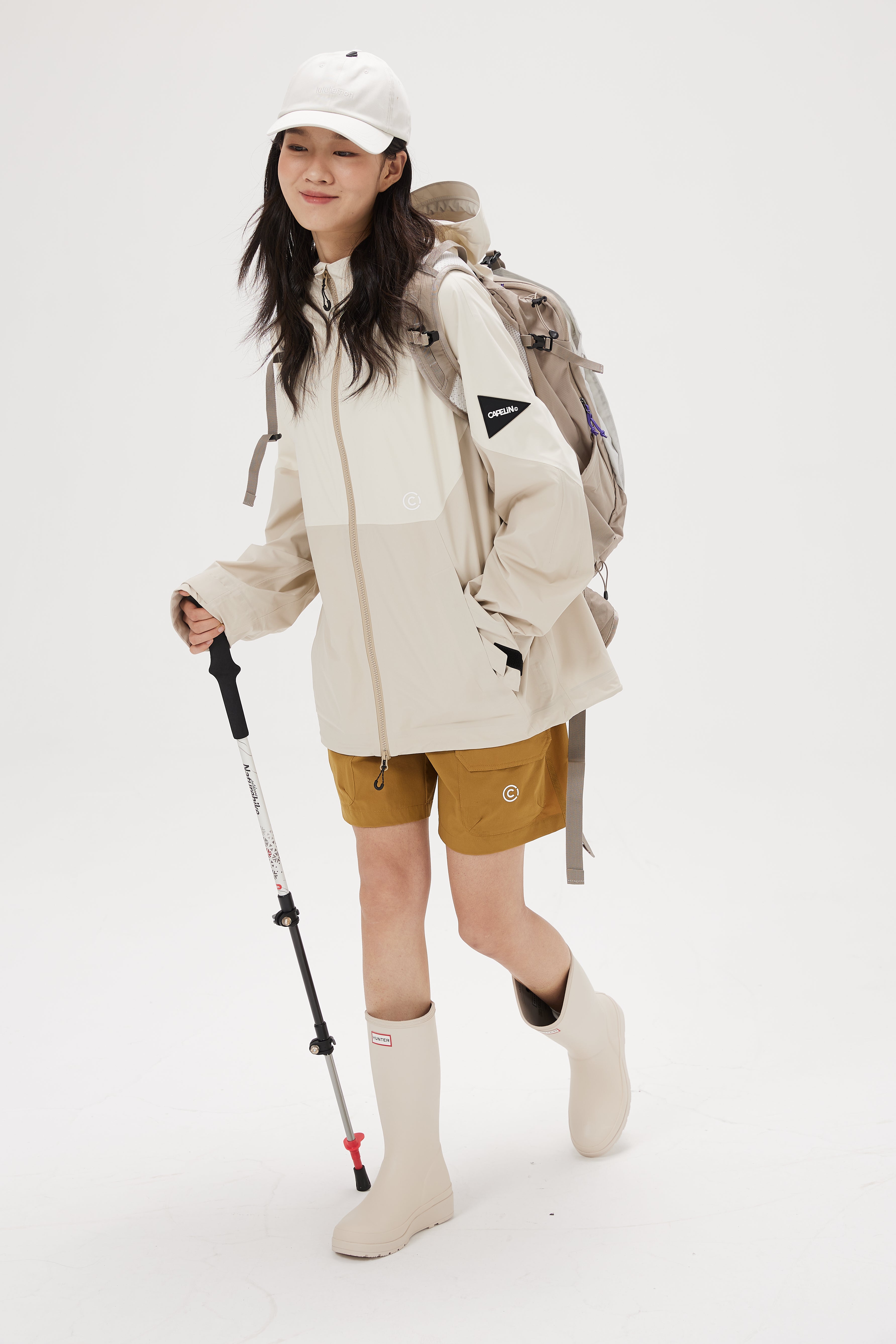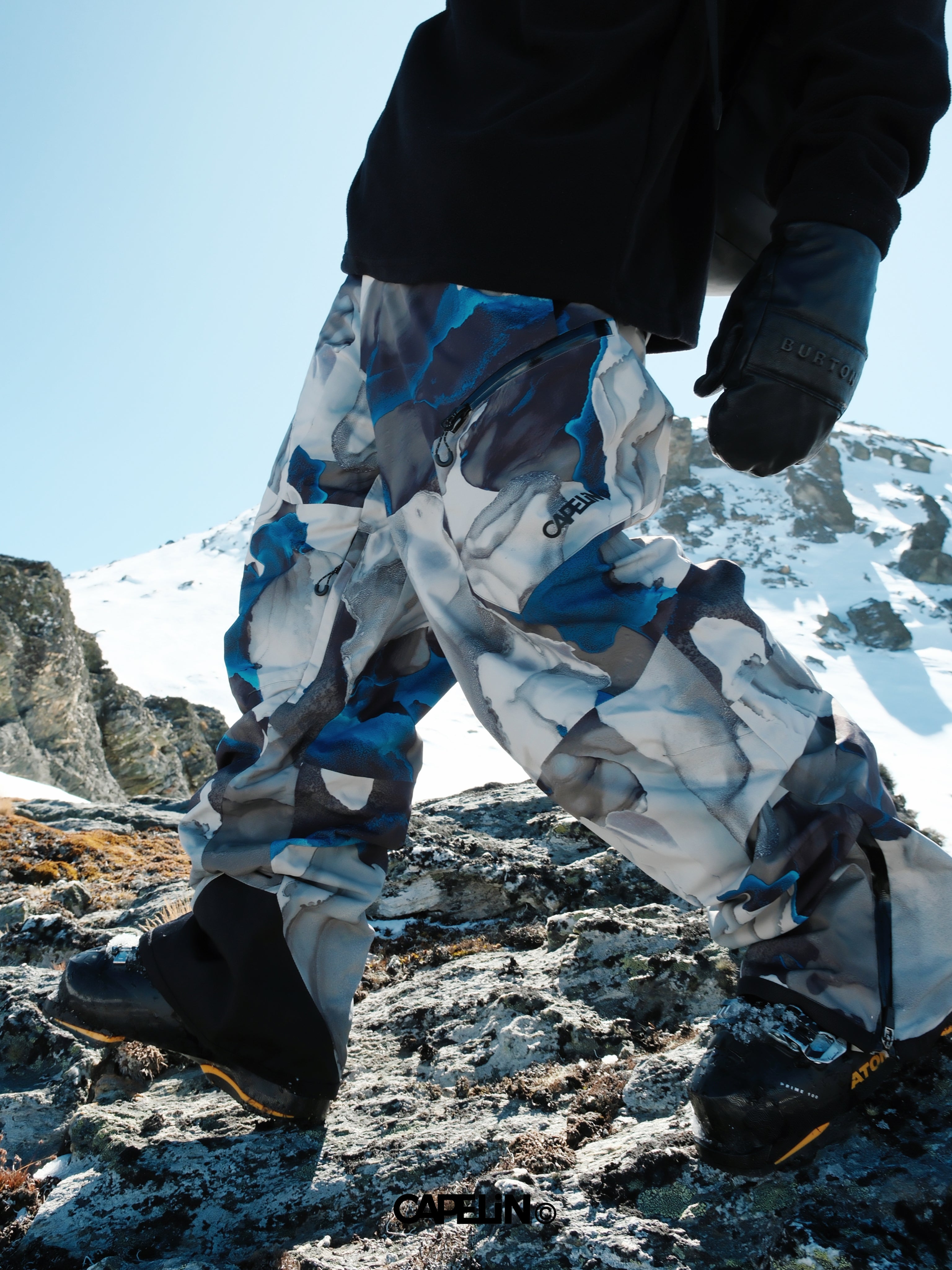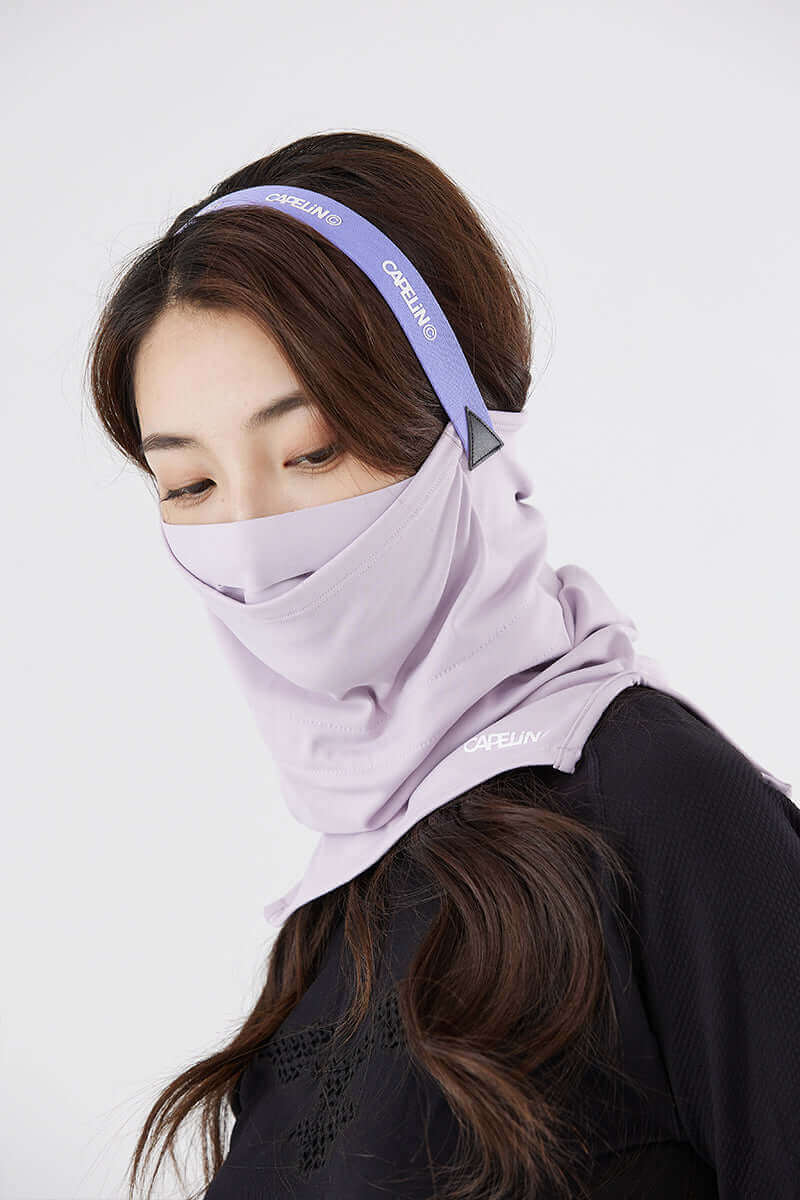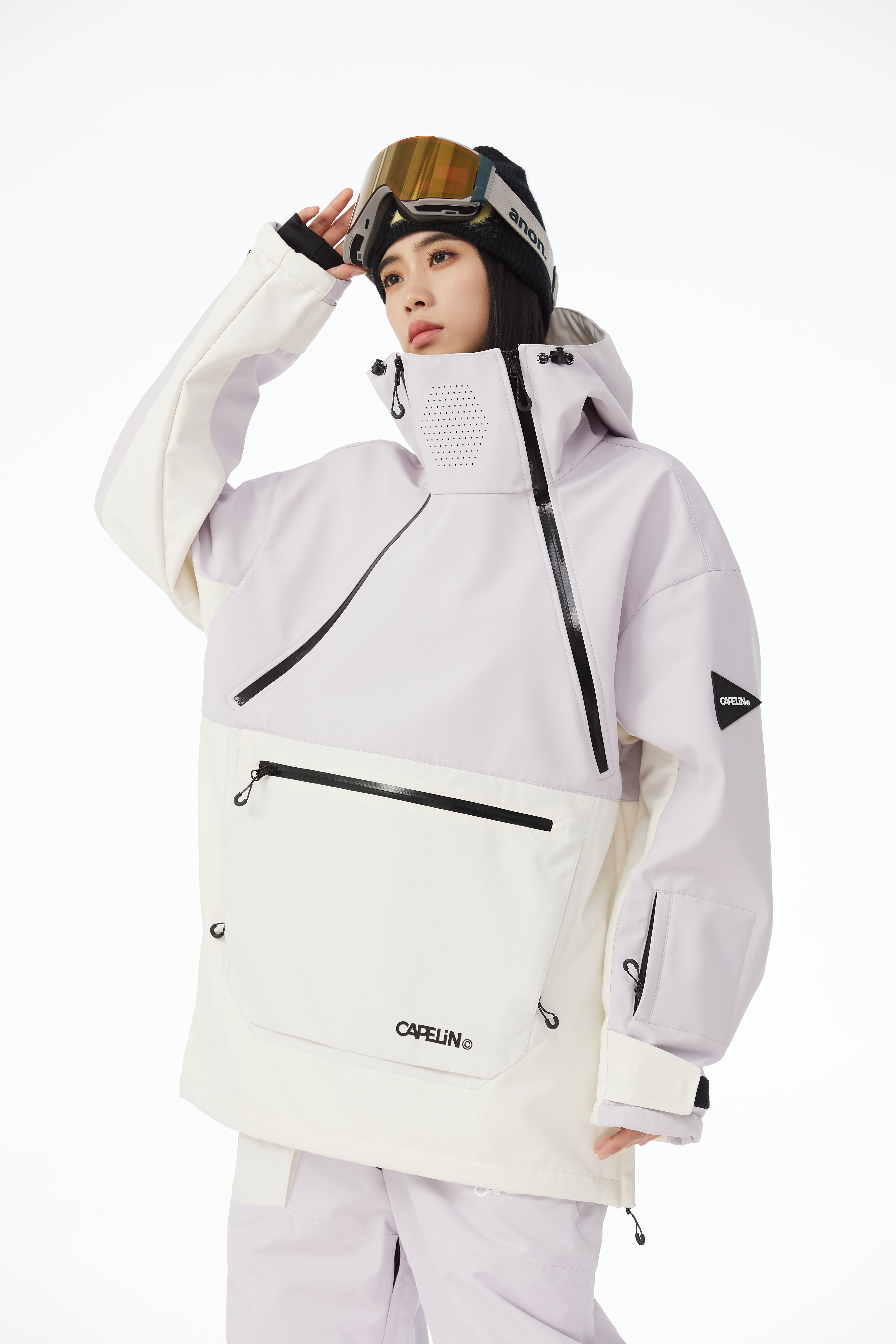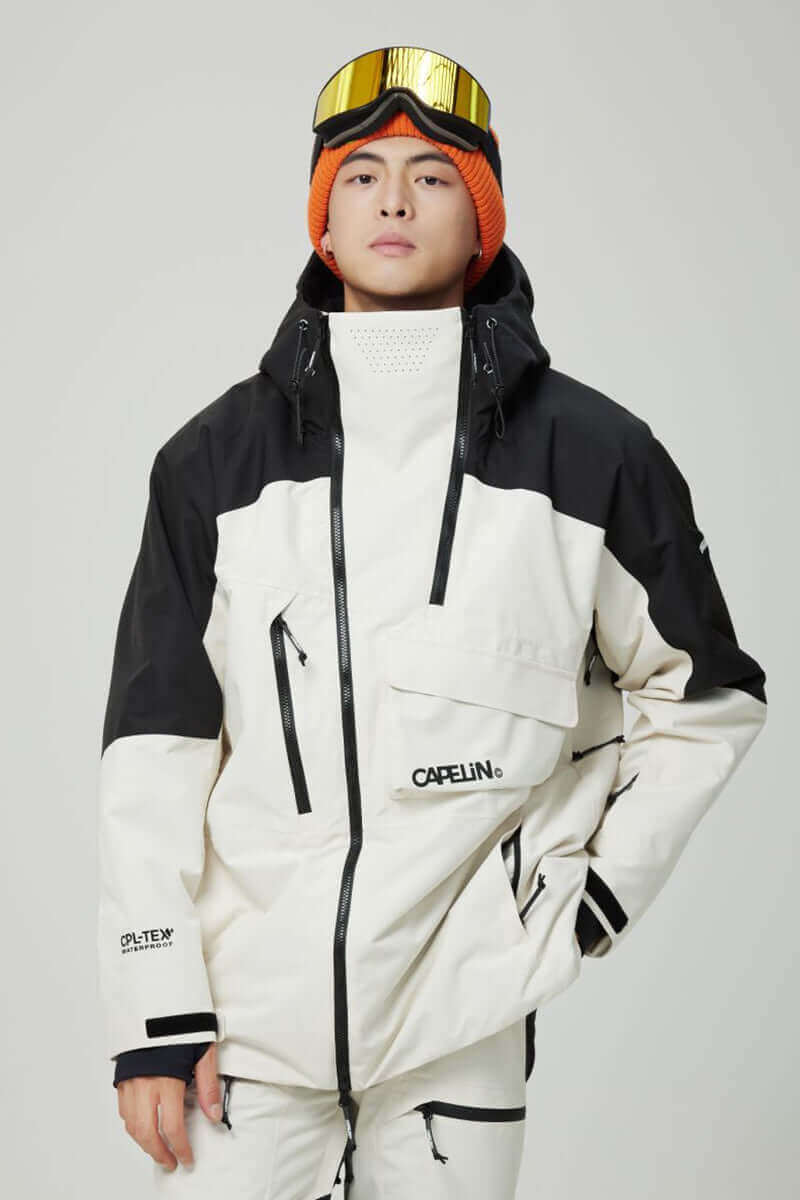To enjoy your time on the mountain, you must have a well-designed jacket. Harsh weather conditions, including sub-zero temperatures, biting winds, and heavy snowfall, can quickly ruin your day if you're not properly equipped. A high-quality ski or snowboard jacket protects you from the elements while keeping you warm, dry, and comfortable.
Selecting the right jacket involves carefully considering several crucial factors. From insulation and waterproofing to fit and mobility, each aspect plays a vital role in ensuring you have a safe and enjoyable experience on the slopes. In this comprehensive guide, I'll walk you through the key elements to look for when purchasing a ski or snowboarding jacket.
Insulation and Warmth
Synthetic Insulation
Synthetic insulation, like polyester or fleece, excels in moisture resistance. It continues insulating even when wet, making it reliable. Synthetics are often more affordable than down but less compressible.
Warmth Ratings and Temperature Ranges
Jackets come with warmth ratings indicating suitable temperature ranges. Look for ratings in Celsius or Fahrenheit for your location. Warmer climates need less insulation; colder climates require more insulation.
Layering System for Versatility
A layering system allows you to adjust warmth as needed. The jacket is your outer layer; pair it with base and mid layers. Add or remove layers based on activity level and weather.
Ventilation and Breathability
During high-output activities, you'll want ventilation to release heat. Look for pit zips, mesh-lined vents, or full-zip designs. Breathable fabrics and membranes help prevent overheating and condensation buildup.
Insulation is crucial for keeping you warm on the slopes. Match the jacket's warmth rating to your location's typical temperatures, and utilize a layering system for versatility. Don't forget ventilation and breathability to prevent overheating during aerobic activities.
Waterproofing, Water Repellent and Breathability
Water Repellent:
You'll find DWR coatings on many ski jackets' outer fabrics. They cause water to bead up and roll off readily. DWR helps prevent saturation but isn't fully waterproof.
Waterproofing
For complete waterproofing, look for jackets with waterproof membranes. Gore-Tex and Omni-Tech are popular options that block moisture intrusion. These membranes also allow water vapor to escape for breathability.
Importance of Breathability
Breathability is essential to prevent overheating and moisture buildup. As you exert yourself, your body generates heat and perspiration. Breathable fabrics and membranes allow this moisture vapor to escape.
Moisture-Wicking Properties
In addition to breathability, moisture-wicking helps keep you dry. Wicking fabrics move sweat away from your skin to the outer layers. This helps regulate your body temperature and prevents chills.
Seam Sealing and Taped Seams
Water can seep through stitched seams if not properly sealed. Look for jackets with seam sealing or taped seams. This prevents moisture from penetrating through the seams, ensuring complete waterproofing.
Waterproofing is crucial for staying dry on the slopes, but breathability is equally important. DWR coatings and waterproof membranes like Gore-Tex provide water resistance, while breathable fabrics and moisture-wicking properties help regulate body temperature and prevent overheating. Seam sealing or taped seams ensure no water can penetrate through the stitching.
Fit and Mobility
Proper Fit for Comfort and Performance
You want a jacket that fits well without restricting movement. It should allow a full range of motion for skiing/riding. The right fit ensures comfort and maximum performance on slopes.
Articulated Elbows and Knees
Look for jackets with articulated elbows and knees for mobility. These strategically placed darts or seams allow for better joint flexibility. They prevent the jacket from riding up or binding.
Underarm Gussets
Underarm gussets provide extra range of motion for your arms. These fabric panels connect the jacket body to the sleeves. They allow you to extend your arms without restriction.
Adjustable Cuffs, Hems, and Waist
Adjustable features let you customize the fit for your body. Tighten or loosen cuffs, hems, and waist for the perfect seal. This helps keep out snow and cold air.
Lift Pass Pockets and Ski Pass Holders
Dedicated pockets or holders make accessing your lift pass easy. You can quickly scan without removing gloves or digging around. Some jackets have pass holders on the arm or chest.
Additional Features
Hood Designs (attached, removable, helmet-compatible)
Jackets offer various hood options to suit your preferences. Attached hoods integrate with the jacket for complete head coverage. Removable hoods detach when not needed; helmet-compatible hoods fit over helmets.
Powder Skirts and Snow Gaiters
Powder skirts seal the jacket to your pants, preventing snow entry. Snow gaiters achieve a similar function around your boots/pants. These features help keep you dry in deep powder conditions.
Ventilation Zippers and Pit Zips
Ventilation zippers, or pit zips, allow increased airflow when needed. Open them to release heat and moisture during strenuous activity. This helps regulate your body temperature and prevent overheating.
Pockets (chest, hand, interior, etc.)
Pockets provide convenient storage for essentials like phones, snacks, etc.
Look for chest pockets, hand pockets, and interior mesh pockets. Also, ensure pockets are accessible and secure for on-the-go use.
RECCO Reflector for Avalanche Safety
Some jackets include a RECCO reflector for avalanche rescue operations.
This passive reflector helps rescuers locate you using specialized detectors. It's a valuable safety feature for backcountry adventures.
Ensuring proper fit and mobility is essential for an enjoyable skiing/riding experience. Look for articulated joints, gussets, and adjustable features that allow unrestricted movement. Additional features like hoods, powder skirts, ventilation zips, pockets, and RECCO reflectors enhance the jacket's functionality and safety.
Durability and Sustainability
Abrasion-Resistant Materials
You'll encounter various obstacles on the slopes, from tree branches to chairlifts. Look for jackets made with abrasion-resistant materials like ripstop nylon. These fabrics can withstand wear and tear, prolonging the jacket's lifespan.
Reinforced High-Wear Areas
Reinforced areas, like the shoulders and elbows, enhance durability further.
These high-wear zones often feature extra layers or reinforced fabric panels. They prevent premature wear and tear, extending the jacket's longevity.
Environmentally-Friendly and Sustainable Materials
Many brands now prioritize using eco-friendly and sustainable materials.
Look for recycled polyester, organic cotton, or plant-based insulation options. These choices reduce the environmental impact of your purchase.
Recycled or Recyclable Materials
Some jackets incorporate recycled materials or are fully recyclable themselves. Recycled materials give new life to existing resources and reduce waste. Recyclable jackets can be broken down and repurposed after use.
Conclusion
When purchasing a ski or snowboard jacket, consider insulation, waterproofing, breathability, fit, mobility, and features. Each aspect contributes to your overall comfort and performance on the slopes.
Strike the right balance between warmth, waterproofing, breathability, and mobility for your specific needs. The ideal jacket will keep you protected without sacrificing your range of motion.
Investing in a quality ski or snowboard jacket is worthwhile. It ensures you stay warm, dry, and comfortable throughout your winter adventures. With the right jacket, you can fully enjoy the slopes.


